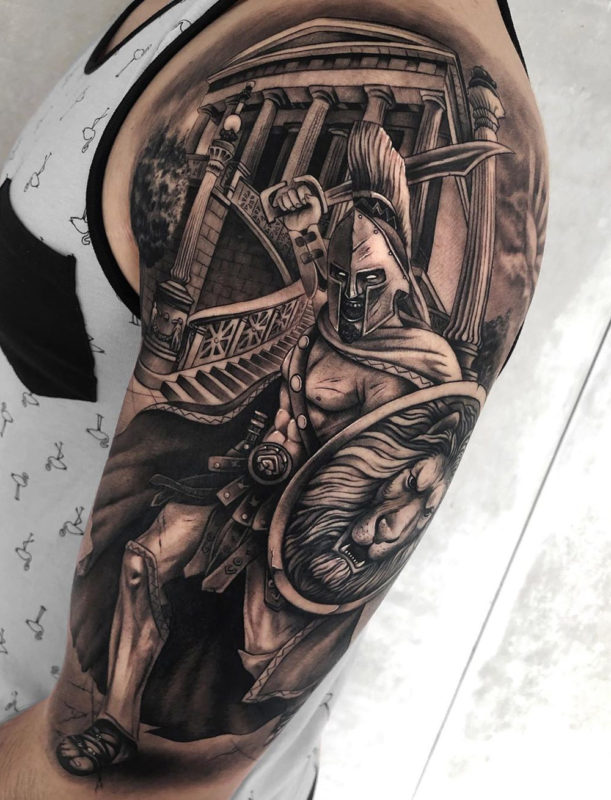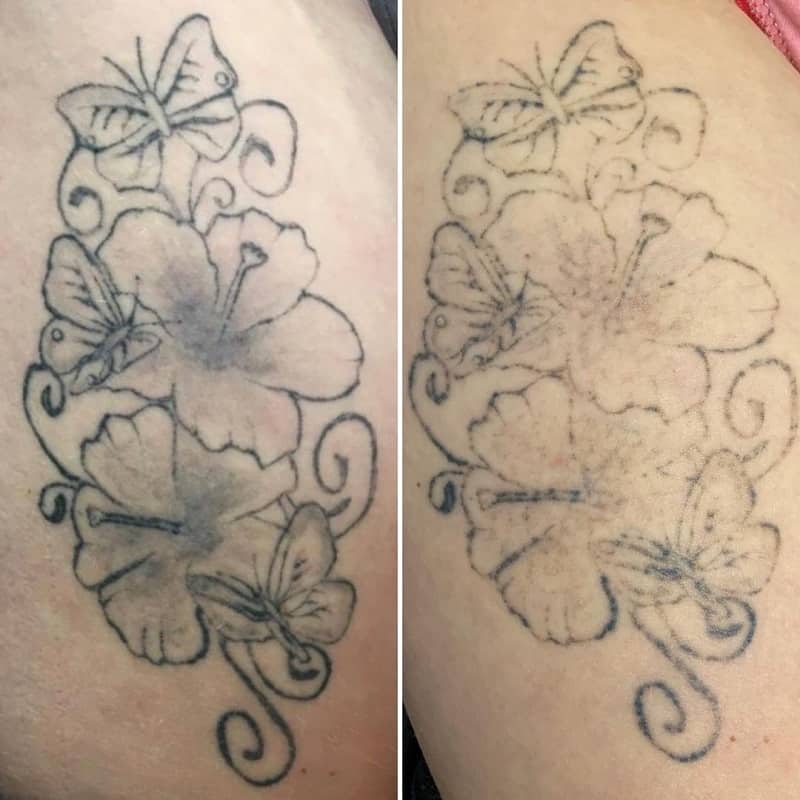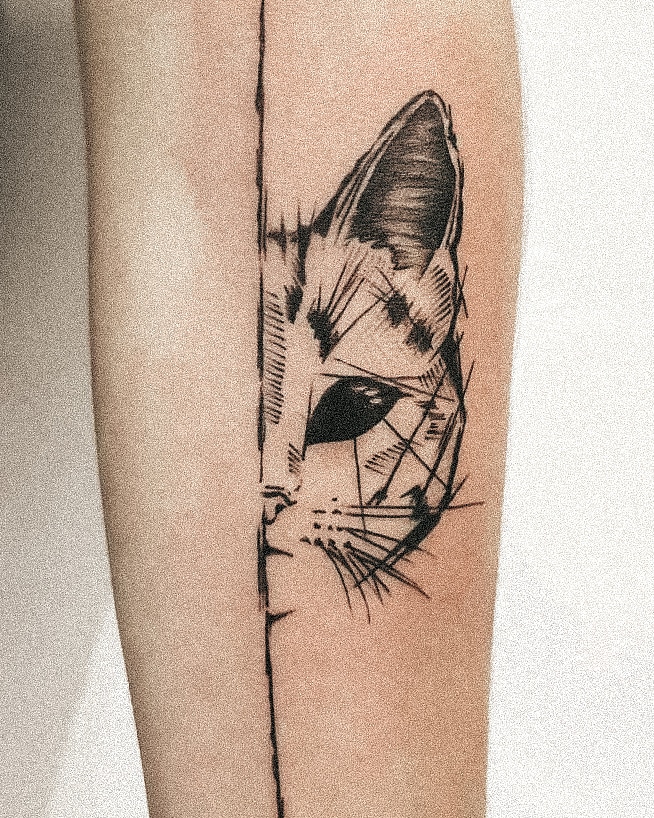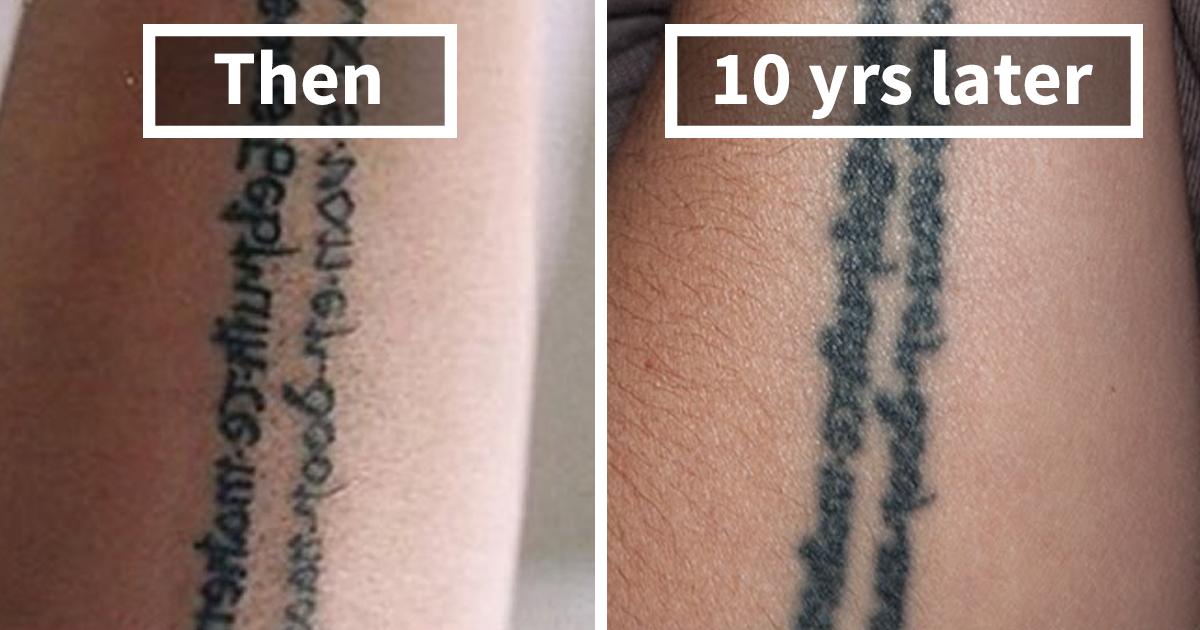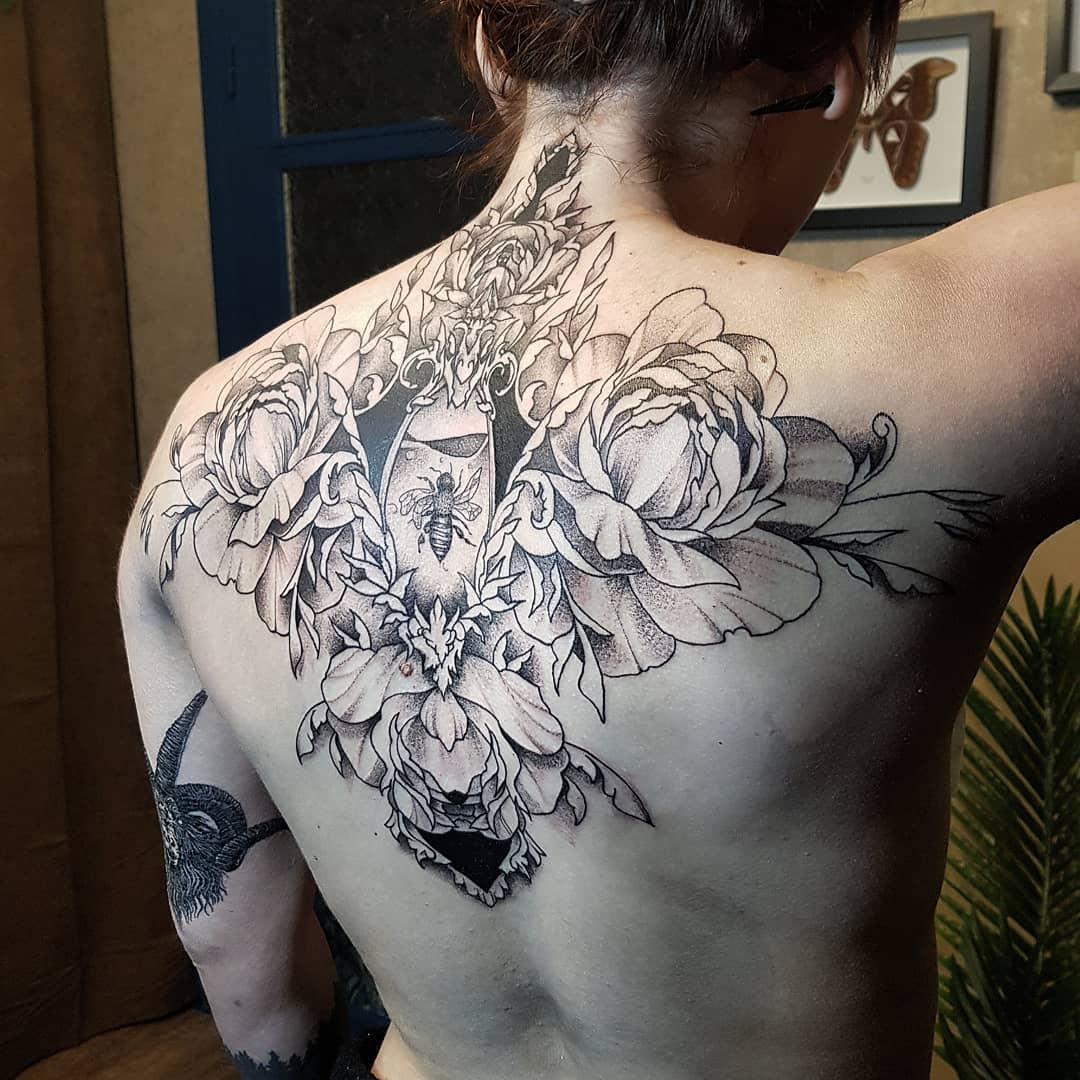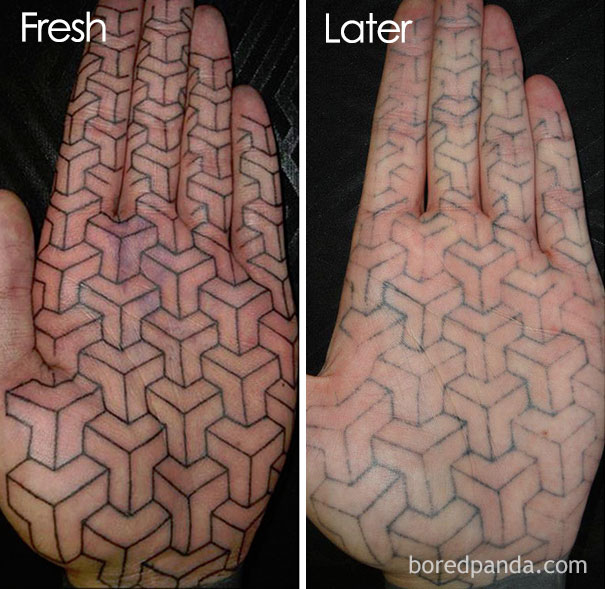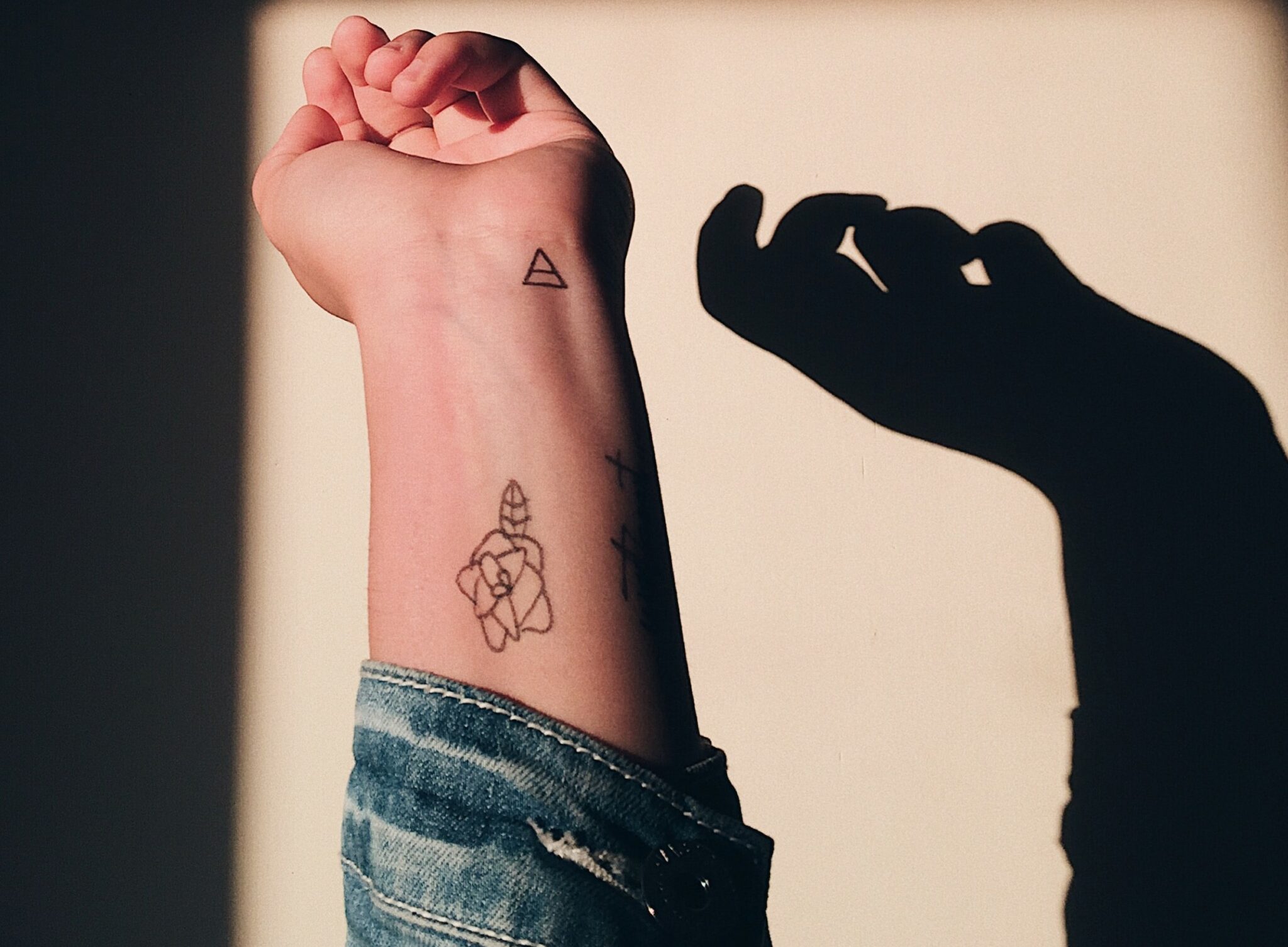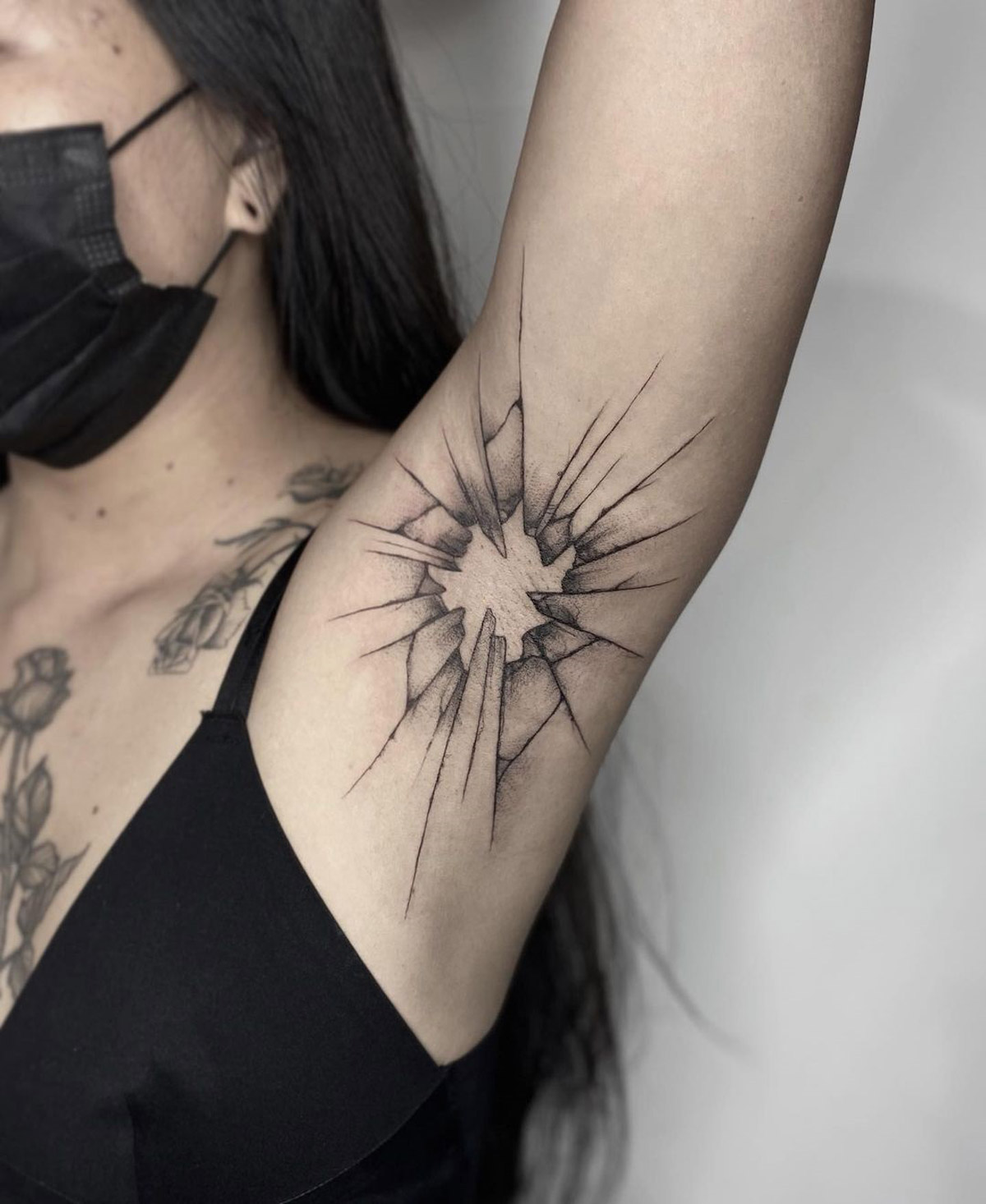
Okay, let’s talk shattered time tattoos.
Ever feel like time is slipping through your fingers?
Or maybe you’ve overcome something that felt like it broke you?
Thinking about getting some ink to represent that?
You’re probably wondering: What are shattered time tattoo ideas that actually look cool and MEAN something?
I get it.
It’s a powerful concept.
But how do you translate that into a tattoo that isn’t just… messy?
Let’s dive in and explore some awesome shattered time tattoo concepts.
What’s the Deal with Shattered Time Tattoos Anyway?
Shattered time tattoos are all about representing the fragility of time.
They can symbolize:
- Overcoming hardship.
- The fleeting nature of life.
- A pivotal moment that changed everything.
- The beauty in brokenness.
- A reminder to live in the present.
Basically, anything that makes you think about time in a non-linear, impactful way.
Cool Shattered Time Tattoo Ideas to Consider
Okay, let’s get to the good stuff. Here are some ideas to spark your imagination:
-
Shattered Clock/Watch: This is the classic.
- The clock face can be cracked, broken, or even melting.
- You can incorporate numbers that are significant dates.
- Think about adding elements like roses or gears for extra symbolism.
- Example: My friend Sarah got a shattered pocket watch with her daughter’s birthdate etched onto a broken gear. Super meaningful!
-
Hourglass with Flowing Sand: A visual representation of time running out or changing.
- The hourglass could be cracked or completely shattered.
- The sand could be flowing upwards, downwards, or even scattered.
- Consider adding elements like birds taking flight from the sand.
-
Abstract Shattered Glass: This is a more subtle approach.
- Use geometric shapes to create the illusion of shattered glass.
- Play with colors and shading to add depth and dimension.
- This works well as a background element for other designs.
-
Shattered Portrait: A portrait that appears to be breaking apart.
- This could be a self-portrait or a portrait of a loved one.
- It can represent a loss, a transformation, or a memory.
- Example: I’ve seen some amazing pieces where the shattered pieces transform into butterflies, symbolizing rebirth.
-
Time-Related Quotes with Shattered Elements: Combine meaningful words with visual fractures.
- Choose a quote about time, change, or resilience.
- Incorporate shattered glass, cracks, or fading ink around the words.
- Consider using different fonts to add visual interest.
Finding the Right Artist for Your Shattered Time Tattoo
This is crucial!
- Do your research: Look for artists who specialize in the style you want. Realism, abstract, geometric—they all require different skills.
- Check their portfolio: Make sure they have experience with shattered glass or similar effects.
- Talk to them: Discuss your ideas in detail and see if they understand your vision.
- Don’t be afraid to ask questions: About their process, their experience, and their pricing.
Placement Matters: Where to Put Your Shattered Time Tattoo
Think about the size and shape of your design.
- Larger designs: Work well on the back, chest, or thigh.
- Smaller designs: Can be placed on the wrist, ankle, or shoulder.
- Consider the flow of your body: The tattoo should complement your natural curves.
Color vs. Black and Gray: Which is Right for You?
- Black and gray: Offers a classic, timeless look. Great for detail and shading.
- Color: Can add vibrancy and emotion. Think about using blues, purples, and golds to represent time and transformation.
Caring for Your New Ink
- Follow your artist’s aftercare instructions to the letter.
- Keep the tattoo clean and moisturized.
- Avoid direct sunlight.
- Don’t pick or scratch the tattoo.
- Be patient: The healing process takes time.
FAQ: Shattered Time Tattoos
- What does a shattered clock tattoo mean? It often symbolizes a moment in time that was disrupted or a life-changing event.
- Are shattered time tattoos a good idea? If the symbolism resonates with you, absolutely! Just make sure you find a skilled artist.
- How much do shattered time tattoos cost? The price depends on the size, complexity, and the artist’s rates.
- What are some other symbols of time? Hourglasses, sundials, watches, and even certain flowers can represent time.
Ultimately, the best shattered time tattoo is one that is meaningful to you.
Don’t be afraid to get creative and personalize your design.
Think about what time means to you and how you want to represent that on your skin.
I hope this helps you brainstorm some amazing shattered time tattoo ideas!
Remember to find an artist that you trust.
The perfect shattered time tattoo is waiting for you.








